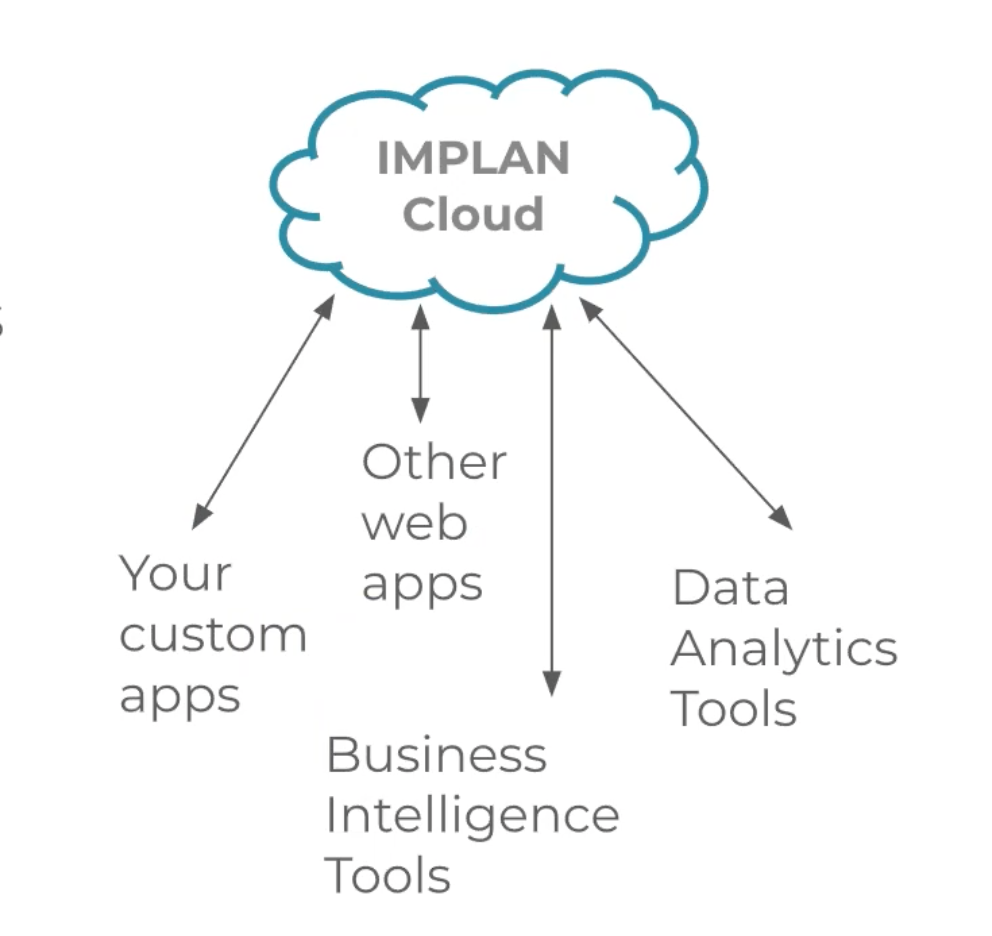The recent collapse of the Francis Scott Key Bridge has sent shockwaves not only through Maryland, but also through the United States and the world at large. In addition to the heartbreaking loss of life, this event also has significant economic implications for the state of Maryland. In the aftermath of this disaster, the IMPLAN team has been hard at work analyzing the economic impact of a potential one-month closure of the Port of Baltimore.
Understanding the Economic Impact of the Francis Scott Key Bridge Collapse
A Trusted Resource: Understanding IMPLAN Input-Output Models
Over the years, IMPLAN has gained the trust of users by providing valid and reliable data and analytics. In this blog post, we’re exploring the history of IMPLAN and of input-output models to show you how we’ve come to be relied on as a credible source for so many researchers and decision makers.
Topics: Data, Economics, Methodology, Impact
IMPLAN’s ever-expanding data suite just got even better. We’re excited to announce the release of our newest occupation data. This latest release comes with significant updates and enhancements that offer valuable insights into occupational trends and their impact on the economy.
Topics: Data, Economics, announcement, Impact, occupation data
Economic impact analysis isn’t just for those with years of experience in the field of economics anymore.
Topics: Economics, announcement, Impact, Education
Did you know that the IMPLAN application programming interface (API) makes it possible for National Package subscribers to integrate IMPLAN Cloud with existing workflows and tools? With IMPLAN’s API, you can easily integrate IMPLAN Cloud impact analysis and data into any website, application, workflow, or visualization tool.
Topics: Economics, announcement, Impact
Celebrating IMPLAN History: The Rural Development Act of 1972
2022 marks the 50th anniversary of the Rural Development Act of 1972 (RDA). The RDA was pivotal to getting the ball rolling for IMPLAN to be created in 1976.
Topics: Impact, Economic Development, Government
IMPLAN and Renewable Energy: Understanding Offshore Wind Tax Credits
As renewable energies take center stage in political policies and public consciousness, IMPLAN is here to help you measure each project’s economic impact. Our recent post Resource Roundup: IMPLAN and Solar Energy focused on giving you the information you need to study the economic impact of a solar energy project. Much of that same information can also be applied to wind power projects. In today’s blog, we’re taking a look at the Offshore Wind Tax Credit Program and how IMPLAN can help you understand the economic impact of wind energy projects, whether you’re a developer, a state authority, or an accounting service provider.
Topics: Economics, Funding, Environmental, Energy, "Taxes", Impact, Economic Development
In early August 2021, the Infrastructure Investment and Jobs Act passed in the Senate. By the end of the month, the House of Representatives agreed on a September 27 deadline for voting on the bill, and given its bipartisan support, it is expected to pass there as well. This new bill focuses on investments in roads, railways, bridges, and broadband internet. It proposes $550 billion in new spending from 2022 to 2027, with the aim to improve sustainable transportation options, expand access to high-speed internet and clean drinking water, and upgrade our power infrastructure to facilitate the expansion of renewable energy.
These are exciting goals, backed by a lot of money. But what exactly will the economic impact of these investments look like? The ripple effect of this large amount of government spending can be expected to make a difference across the country, not just in the industries where it is initially spent, but also far beyond. We can get a clearer picture of the infrastructure bill’s impact on the economy through Input-Output Analysis performed by economists at IMPLAN Group, LLC, the leading provider of economic impact data and technology.
Topics: Data, Economics, Employment, Methodology, Impact, Government
What You Need to Know About Evolving Economy - COVID Q3-2020 Data
The world economy experienced drastic changes in 2020 as a direct result of the coronavirus pandemic. In order to address these drastic economic changes in our data, IMPLAN has released its second ever quarterly data set. The Evolving Economy - COVID Q3-2020 data captures the initial stages of the economic recovery in 2020. This data set, which is equipped to perform all forms of impact analysis modeling, is available now in the IMPLAN application.
Topics: Data, Economics, Employment, Methodology, Impact, Coronavirus, Disruption
Ask an Economist: FAQs for New Business Location Economic Impacts
Our webinar, The Economic Impact of a New Business Location, walked through the process for modeling the economic impact of a new business location. In the presentation, considerations for the construction and operations impacts were covered and examined in the context of the Lowe’s Design Center Tower project. If you missed the live presentation, you can watch the recording here. The discussion generated a number of questions highlighting important points about running these analyses. Check out what our economists had to say below:
Topics: Data, Economics, Employment, Methodology, "Taxes", Impact, Economic Development, Corporation, Government




.jpg)







.png?width=80&name=IMPLAN_Logo_Print-Vector_NEW%20(2).png) Copyright 2025
Copyright 2025